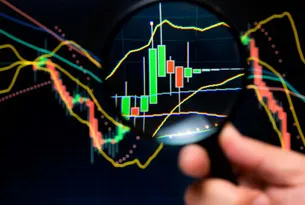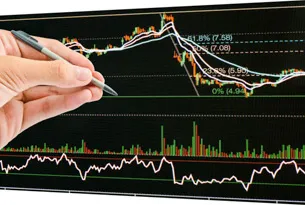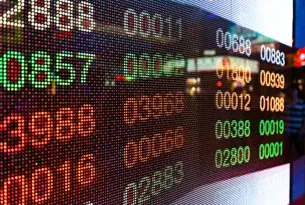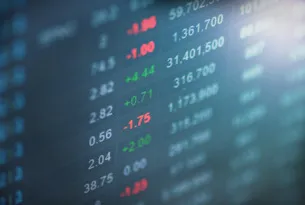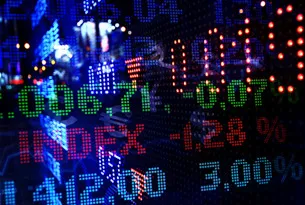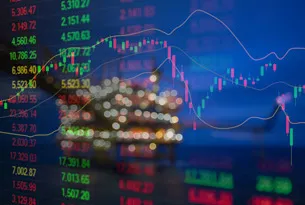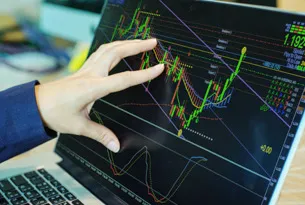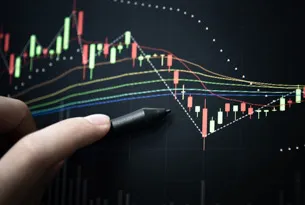Reflecting on his 50 years trading the markets, Larry Williams can still identify certain market-moving forces that remain just as constant and in play even today.
My special guest today is Larry Williams, and Larry, you’ve been trading for over 50 years now. I wonder if you could share some of the things that you’re trying to get across to new traders to get them on the right path, and maybe some of the key takeaway points.
Sure, I think the most significant thing in my work is what I’m teaching people now is exactly what I was doing in 1970. The conditions that cause markets to move are the same, and I think that’s really significant.
The markets may have changed, but it’s conditions that move markets. I don’t think charts move markets. Those fundamental conditions are the same now as they were ten or twenty or thirty years ago.
It’s all about conditions. Then bring the technical stuff in on top of when I’ve found a market that’s set up to rally or decline.
So by conditions, you mean the combination of fundamental supply and demand, economics—what exactly are you referring to?
Well, those would be part of them. We have developed an index that would allow me to see if a commodity is undervalued or overvalued, and I would look at something like the Commitment of Traders (COT) report, which I pioneered way back in the mid-60s.
See related: Find Useful Signals in the COT Report
When the vast majority of commercial traders—the big financial interest—is long or short a market, it’s going to have an influence on the market.
There’s a good example right now: the Goldman roll. Goldman Sachs (GS) rolls forward contracts every month for the long-only funds. There’s billions of dollars doing that. Will that have an effect on the market? Of course it will, so a trader better know about that!
People rely on the Commitment of Traders report, which is free every week as of the prior Tuesday and gives a lot of information.
So you don’t want to bet against the commercial traders, but how about the small speculators? Do you feel pretty strongly that they’re generally wrong?
That’s a really good question. Sometimes the small specs are wrong, and it depends on the market.
Say in the meat market, there are a lot of small specs that are actually producers, but they don’t have enough animals to do 100 contracts or whatever the contract limit is to become a commercial. But they still know the market.
So small specs in some markets are actually pretty astute but they’re just not big producers, so you really have to look at the market to determine that. But by and large, small speculators—the public—is unfortunately wrong most of the time.
Just a month or so ago when the euro was getting hammered and it looked like it was going to go to 1.25 or something, the short side was pretty crowded.
Yeah, and what I’ve found there is even better. We actually measure at the end of each week the number of advisors, newsletters, and brokerage firms that are bullish or bearish on not only futures, but also the most actively traded stocks.
That’s a great index. When all of the advisors are bullish, sell, because it’s going to go down. And when they’re all really bearish, it’s going to rally. The same thing took place in that market.
When the crowd is extreme in their viewpoint, they’re most often totally wrong.
Related Reading:



















